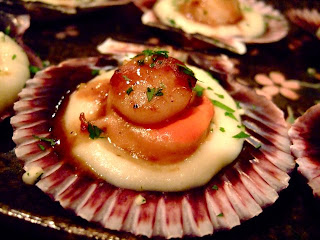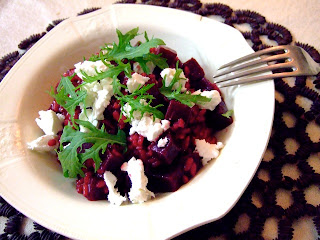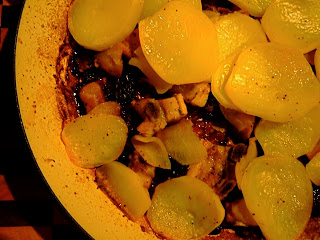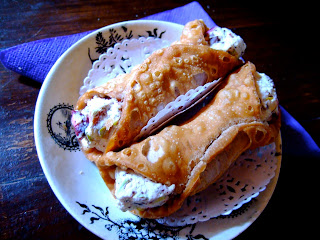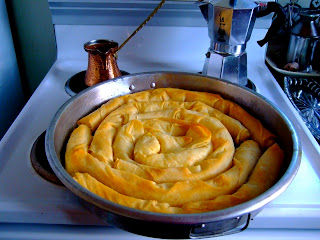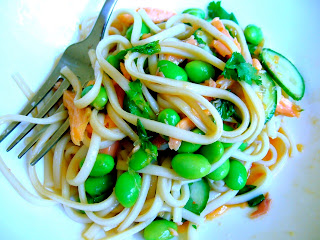I’m not sure I’ve ever mentioned this, but desire in my life is dictated almost entirely by cinema. From a very, very young age, my ideas about the world – and what I wanted it to be – were constituted through films I saw at the movies and watching videos at home. I think that, as a consequence of this, the world for me was relatively unbound by limitations of class and sexuality and nation and gender; I dreamt up who I was and, more particularly, who I wanted to be – with cinema as my reference.

As a little kid, the Frog brothers taught me all about what to do if you met a vampire at the fair, and Frankenfurter showed me that sometimes men wear lipstick, too. When I was eleven, I learnt from Stanley Kubrick how terrifying things can also be beautiful, and I often wondered if my school had an attic where I could lock myself in to read incredible books and eat my sandwich slowly. I wanted to visit OZ for a lunch pail picked from a tree and Chicago for four fried chickens and a coke. But there was nothing I wanted more than to stand by the stove in that kitchen when Peter Clemenza teaches Mikey to make spaghetti sauce in
The Godfather (1972).
This moment marked for me the beginning of a deep fascination with Italian-American culture – an obsession that I’ve fostered entirely through film and television. This monster reached its crescendo in my late teens, when I decided to shelve my dreams of an academic career to fulfil my new life’s calling to marry into the mob. I had leopard print, too much mascara and names picked out for my boys, Frankie and Johnny. And I had this recipe.

Spaghetti and meatballs is not something found on Italian menus in Australia – even though we have wonderful regional Italian food here. This is because, while it surely has some southern Italian root, it is known specifically as an Italian-American speciality dish – something that was made by those who’d left the old country for the new. Perhaps because I’d never eaten it, I became obsessed with this huge platter of comfort food that was produced time and time again in American family dinner table scenes. The desires of my inner Italian-American are what led me to this dish – and I’d never have met her without the cinema.
Life as a mob wife would have ensured that mountains of coiled al dente pasta, red sauce and soft, rich meatballs appeared regularly on my table, but somewhere along the line, I changed my mind. Funny, but I think one of the turning points was seeing a film called
Frankie and Johnny (1991). From this film, I learnt how standing around, brushing your teeth could be romantic and that having someone make you tuna fish sandwiches can somehow trump a diamond necklace.
Just recently, I’ve had the pleasure of re-watching a number of the greatest gangster films while I’m doing some writing for a forthcoming book on the genre and that wonderful scene in
The Godfather – that scene that is about so much more than spaghetti – seeing it fanned the embers of that old desire. I made spaghetti and meatballs and we sat down to complete the trilogy and when the film was over and the last of the sauce wiped out of the bowls with thick buttered bread, I thanked the cinema for its ability to both summon and satisfy desire.
Note: If Italian-American food is your thing, I’d highly recommend the January 2009 issue of American magazine Gourmet which takes this cuisine as its central theme. It contributed a number of ideas for excellent tweaks to my original recipe. Additionally, it contains a beautiful and honest essay by Amy Bloom about discovering Italian food, coincidentally (I promise) called ‘My Inner Italy’. Highly recommended.Spaghetti and MeatballsAdapted from Gourmet 2009 & Peter Clemenza’s original recipe
This makes enough for about six serves. Or two dinners and four meatball sandwiches. You know, like in Point Break.For the sauce:
2 cans Italian tinned tomatoes
2 garlic cloves, peeled and squashed a bit
¼ cup olive oil
For the meatballs:
1 medium onion, very finely chopped
2 garlic cloves, peeled and finely chopped
1 cup day-old bread, torn into pieces
1 cup milk
2 eggs
¾ cup grated Italian parmesan (I used Grana Padano)
a couple of springs each of fresh parsley and oregano, leaves finely chopped
250g veal mince
250g pork mince
250g beef mince
vegetable or olive oil, to fry
Spaghetti, around 100 – 120g dried per person
To make the sauce, tip tomatoes and juice into a large bowl. With your hands, squeeze and break up the tomatoes to make a chunky puree. Heat olive oil on medium in a heavy-bottomed saucepan and add squashed garlic. Cook for a couple of minutes to release the garlic flavour into the oil. When it smells very good, add the tomatoes and juice. Add salt and pepper, stir and bring to boil. Turn down to a low simmer and let cook, for around 30 minutes, while you make the meatballs. You can remove the garlic after cooking if you like.
For the meatballs, pour milk over torn bread and let sit five minutes. Meanwhile, fry chopped onion in a frying pan with a little olive oil and a tiny sprinkle of salt until softened, about 8 minutes. Add garlic and cook for a few minutes more. Remove from heat and scrape into a large bowl to cool. Remove bread and discard excess milk. Work the bread between your fingers until you have a slightly chunky pulp. Add this to the cooled onions, along with the herbs, parmesan and eggs. Add salt and pepper, remembering that the cheese is slightly salty and mix together until well combined. Add the minced meats and, with light hands, combine gently without needing or overworking the mixture. Make mixture into meatballs with dampened hands (mine are about the size of small limes) and place on the baking paper lined tray until all are made. Heat olive oil in a large frying pan over medium heat and fry meatballs in batches until browned on the surface.
When all meatballs are done, taste sauce for seasoning, then add meatballs and combine very gently, being careful not to break them up. Simmer gently until the meatballs are cooked through – this should take around 20 minutes.
Cook pasta according to packet directions in plenty of salted water. When ready, drain and add to sauce, tossing gently to combine. Serve with extra grated parmesan.




